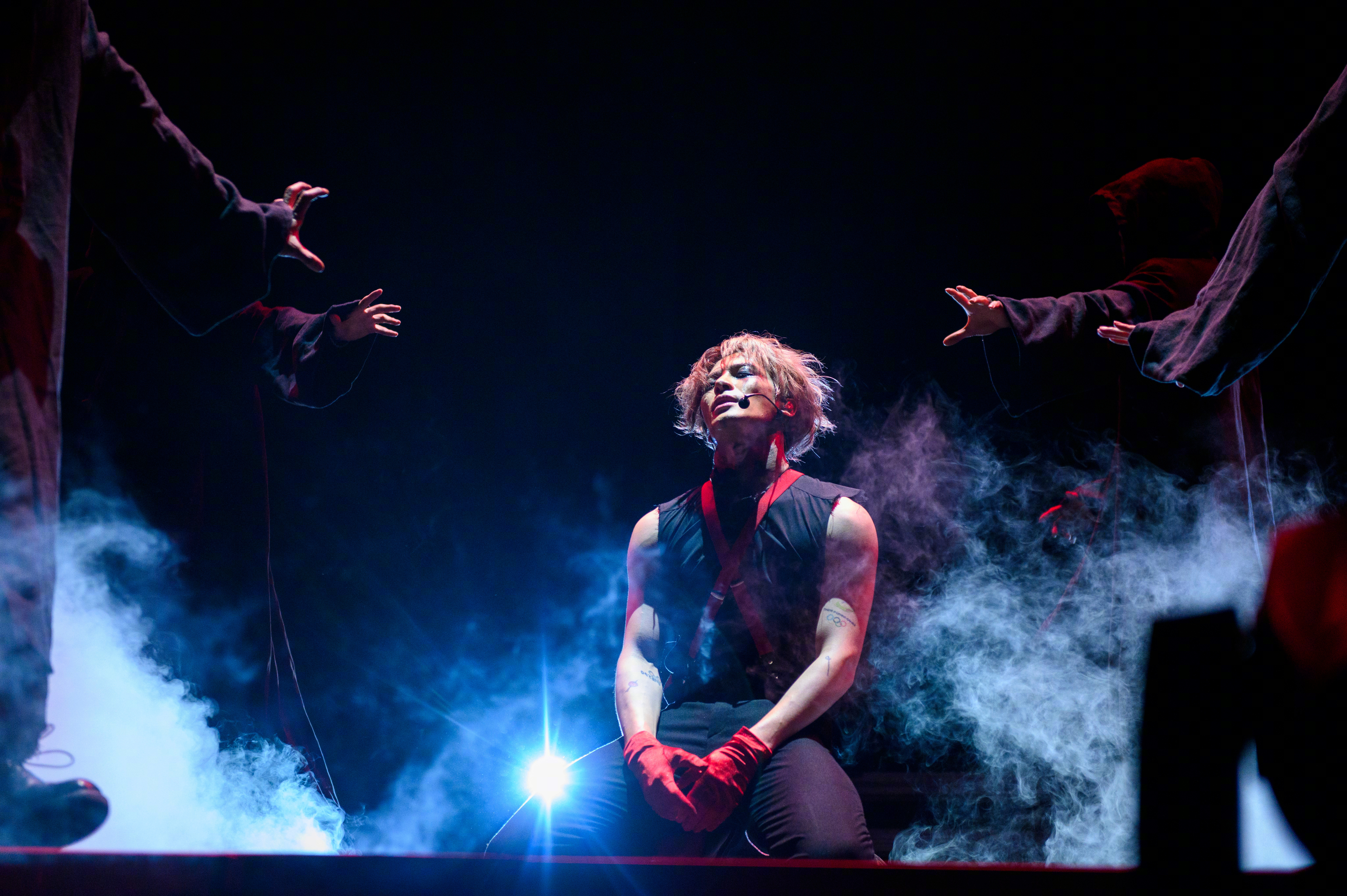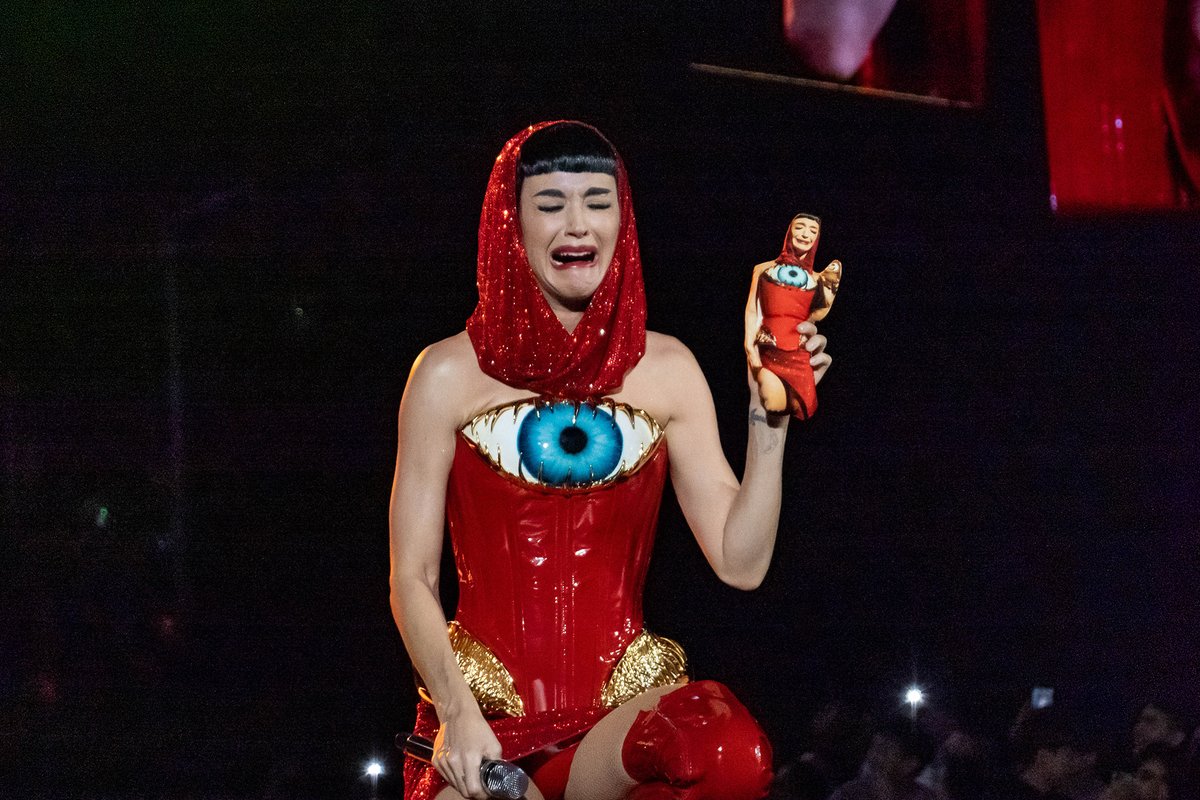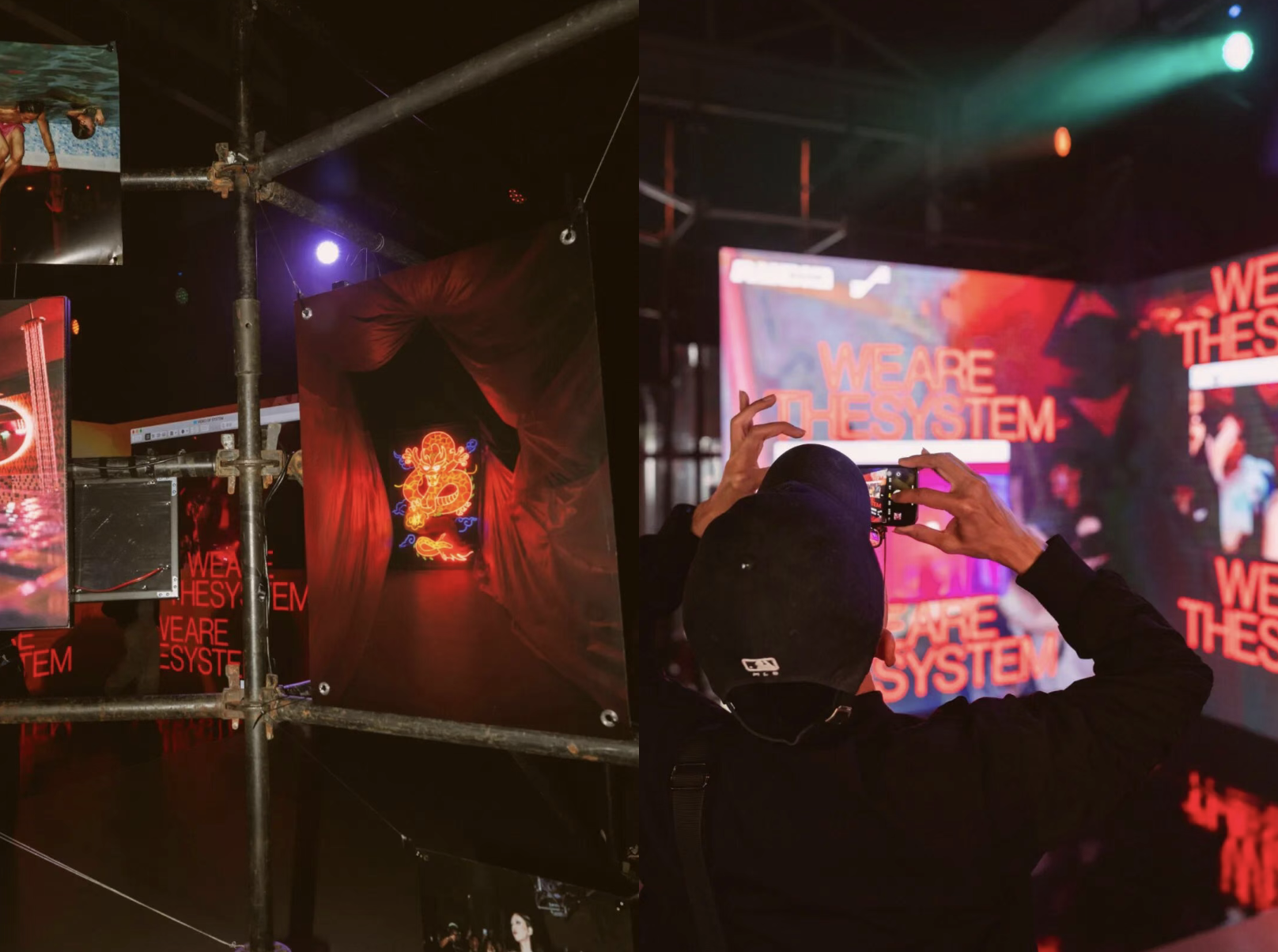Our photo theme this week is “The ’90s in China.” Not China in the 1990s, but “The Nineties” as a global pop cultural form as it has been consumed and reworked inside China, both then and now.
We’ll start this week’s theme with a little history lesson. Today’s photo depicts a fine sampling of (mostly) ’90s rock’n’roll, imported illegally into China in the form of partially destroyed cassette tapes called dakou:
The mid-to-late 90s saw a huge influx of Western music in the form of 打口 (da kou): surplus cassettes and CDs with chunks cut out, presumably destined for third-world dumps. These articles of capitalist excess were sloughed off by Western labels as a cost-cutting measure, “gashed with a saw to prevent resale.” They nonetheless spawned a thriving black market in China, prompting Deng-era entrepreneur types to stock Nirvana, Metallica, The Cure, Joy Division, and other Western alt staples in unsorted piles nationwide.

For the generation of Chinese youth growing up in the awkward post-Opening, pre-internet era (i.e. the ’90s), dakou were a lifeline, a tantalizing glimpse at the preceding decades as they were hashed out by loud guitars and disaffected singers. I’ve interviewed quite a few prominent musicians and artists who grew up in this generation — memorably dubbed the “saw-gash generation” in long defunct expat rag Beijing Scene — and their stories are pretty much the same: go to the local dakou store whenever they’d get a new shipment in, pick up whatever looked coolest based on the album art (this would often be punk and metal), and sorta try to do it yourself at home.
I took this photo at the home of Yan Jun, who in the ’90s emerged as one of China’s key rock critics, and since 2003 has been a leading light for China’s avant-garde music community. If you want to do a little back-of-the-envelope history, you can hear where Yan landed in his own musical practice from the ingredients depicted above by streaming his latest recording (which was released on cassette, naturally):
















